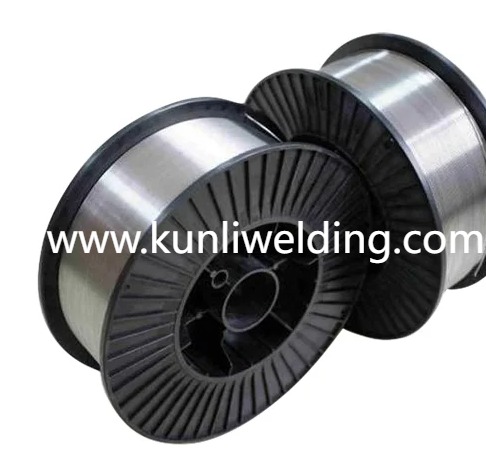As global manufacturers accelerate lightweight electric vehicle production and renewable energy structures, understanding how Aluminum Welding Wire ER4943 measures up against alternative filler metals becomes essential. This wire’s silicon‑enhanced chemistry offers smooth flow and moderate strength, but fabricators must weigh its features alongside other alloys to match welding requirements in diverse industrial applications.
Fluidity and Bead Appearance
ER4043 features high silicon content, delivering exceptional fluidity and a neat ripple pattern ideal for visible seams on consumer vehicle bodies and architectural panels. By comparison, ER4943 balances silicon with manganese, producing a smoother arc transition and lower spatter than some magnesium‑rich fillers. This makes ER4943 a versatile choice when weld aesthetics and minimal post‑grind finishing are priorities in modern automated fabrication cells.
Mechanical Strength and Durability
For applications demanding higher tensile properties, ER5356’s elevated magnesium content offers superior joint strength and fatigue resistance under cyclic loads. In contrast, ER4943 provides moderate mechanical performance that suits battery enclosure frames and thin‑gauge solar tracker supports. Choosing the right filler involves assessing whether a project requires the extra durability of magnesium alloys or if the cost and flow characteristics of ER4943 better align with production goals.
Corrosion Resistance in Harsh Environments
Offshore wind turbine supports and coastal infrastructure demand corrosion‑resistant welds. ER5183 and ER5356 both exhibit enhanced resistance to salt spray and stress corrosion cracking, thanks to their alloying elements. ER4943, while less resistant than high‑magnesium wires, still forms a protective oxide layer when paired with proper cleaning and shielding gas control. Fabricators working under green building mandates may prioritize corrosion data when selecting their filler.
Heat Input and Distortion Control
Minimizing heat‑affected zone impact is crucial on thin‑walled assemblies. ER4043’s lower melting range reduces heat input, lowering distortion risk on intricate HVAC duct sections and battery tray welds. ER4943, with its slightly higher melting point, calls for careful parameter tuning to balance penetration and distortion. Welding engineers deploying adaptive pulse modes can leverage ER4943’s stable arc to maintain part geometry in electric motor housings and high‑precision chassis components.
Cost and Supply Chain Factors
Economic pressures and material availability influence filler selection. ER4043 typically carries a lower price per spool due to simpler alloy mixes, appealing to high‑volume ductwork and decorative panel runs. ER5356 and ER5183 demand premium pricing for their elevated performance. ER4943 occupies a middle ground, offering reasonable cost with acceptable strength and flow. Procurement teams coordinating large‑scale solar farm cable assemblies often factor in both raw material price and anticipated weld rework rates.
Process Compatibility and Automation
Modern welding stations use closed‑loop feedback and pulse controls that rely on consistent wire chemistry. ER4943’s balanced alloy composition responds predictably to parameter shifts, aiding in robotic cell integration. ER4043 may require lower background currents to prevent overheating, while magnesium‑rich wires like ER5356 can trigger arc instability if settings are not optimized. Fabricators increasing digital twin workflows appreciate ER4943’s compatibility with simulation‑driven parameter libraries.
Maintenance and Lifecycle Considerations
Welded structures in transit corridors and energy installations undergo periodic inspections. Joints made with ER5356 or ER5183 may need fewer recoating cycles in corrosive atmospheres, potentially reducing long‑term maintenance costs. ER4943‑welded parts benefit from straightforward cleaning and coating processes, supporting rapid turnaround in repair workshops. Teams balancing initial welding efficiency and downstream service schedules must analyze hybrid material strategies.
Innovators seeking deeper insights into aluminum welding filler comparisons and application case studies can explore resources at www.kunliwelding.com. There you will find detailed discussions on alloy behavior, welding parameter recommendations, and collaborative project examples that demonstrate how ER4943 and other wires perform across cutting‑edge manufacturing and energy projects. Engage with expert advisors to refine your filler selection strategy and align welding processes with emerging industry trends.



